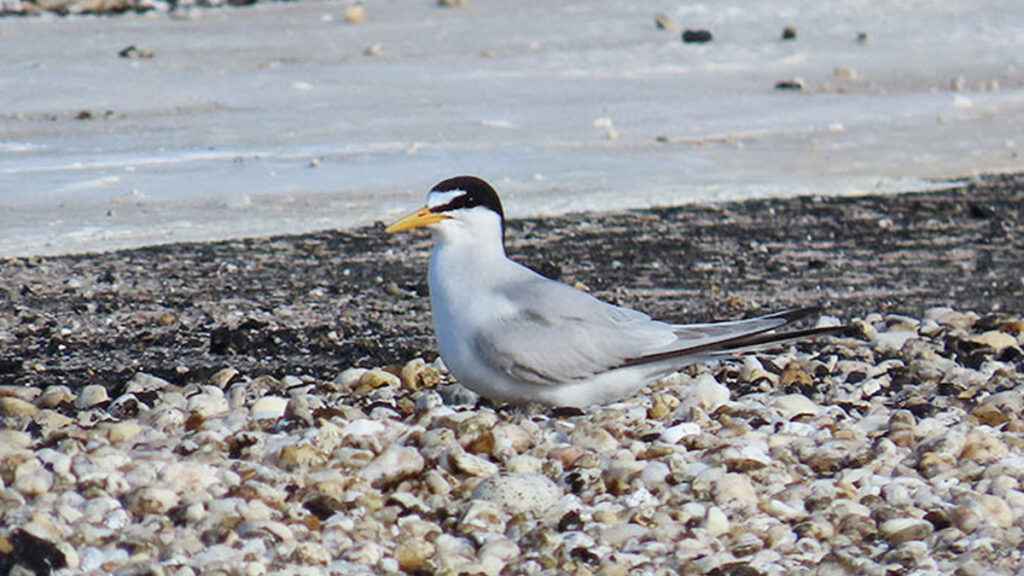As Florida’s coastlines become busier, shorebirds and seabirds in and around Sebastian are finding alternative nesting habitats on building rooftops, thanks to the support of building owners.
Species such as black skimmers, least terns, roseate terns, and American oystercatchers are increasingly utilizing gravel rooftops to nest and raise their chicks, providing a vital lifeline for imperiled bird populations, especially during Florida’s Shorebird Nesting Season.
The Florida Fish and Wildlife Conservation Commission (FWC) extends its gratitude to building owners who are hosting shorebird and seabird species on their rooftops this nesting season. Shorebird and seabird nesting season in Florida typically spans from February 15 to September 1, with variations depending on the region and county. Most rooftop nesting occurs between April and September, with American oystercatchers sometimes initiating nesting as early as February.
Rooftops serve as crucial alternative nesting grounds for these birds, particularly as many species face threats to their natural beach habitats. Approximately 50% of Florida’s least tern population relies on rooftops for nesting, highlighting the importance of these urban sanctuaries.
Building owners and managers play a pivotal role in ensuring the success of rooftop nesting. FWC encourages cooperation with regional shorebird biologists and advises conducting routine maintenance and nonemergency repairs outside of shorebird nesting season. In Sebastian, this takes place between March 1 through September 1. In cases where repairs are necessary during the nesting season, building owners can collaborate with FWC regional shorebird biologists to minimize disruptions and ensure compliance with regulations.
Individuals can also contribute to the conservation efforts, whether they own buildings or not. Visitors to hotels or businesses in Sebastian with rooftop nesting birds are encouraged to appreciate management for supporting shorebird and seabird conservation. Additionally, becoming a Qualified Rooftop Monitor or adhering to beach etiquette, such as maintaining a distance of at least 300 feet from nesting birds, can significantly aid nesting success.
Furthermore, responsible pet ownership, proper waste disposal, and awareness of Critical Wildlife Area closures are essential to protecting nesting birds and their habitats. Following these guidelines, beachgoers can help safeguard the vulnerable eggs and chicks from predators and minimize human disturbances.
For more information and resources on rooftop nesting and wildlife conservation in Florida, individuals can visit MyFWC.com/Shorebirds. As spring unfolds and wildlife activity increases, staying informed and practicing responsible behavior can make a significant difference in preserving Florida’s rich biodiversity.
